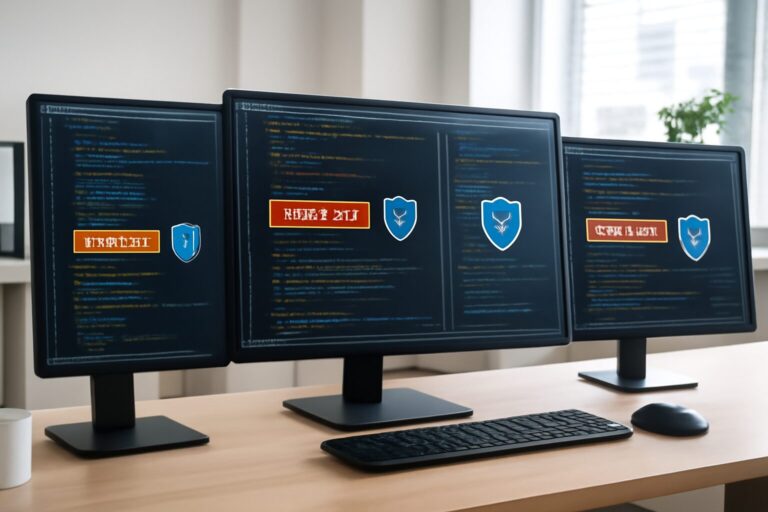## The Application of AI in Cybersecurity: Latest Trends and Case Analysis 🚀
In recent years, Artificial Intelligence (AI) has become a pivotal component in the cybersecurity landscape. With cyber threats becoming increasingly sophisticated, traditional security methods are facing limitations in managing and mitigating these challenges. This drives the integration of AI to enhance security protocols, making systems more robust and adaptive. Let’s delve into the latest trends and case studies of AI applications in cybersecurity!
### 1. Machine Learning for Threat Detection
Machine learning algorithms are now being utilized to detect unusual activities and potential threats. By analyzing vast datasets, these algorithms identify patterns that might signify a breach or malicious activity, often before traditional systems do. For example, Microsoft’s Azure Security Center uses machine learning to analyze billions of signals daily to protect businesses from threats.
### 2. Automated Incident Response
AI-driven solutions can automate responses to security incidents. This includes isolating affected systems, terminating harmful processes, and more. IBM’s QRadar Advisor with Watson utilizes cognitive computing to analyze and respond to threats quickly, freeing up human resources for more complex tasks.
### 3. Predictive Risk Management
Predictive analytics, powered by AI, forecasts potential future threats by studying historical data. This predictive capability allows organizations to bolster defenses proactively. Companies like Darktrace employ AI to create a self-defending network, adapting in real-time to new threats.
### 4. Enhanced User Authentication
AI enhances user authentication by leveraging biometrics and behavior analytics. AI systems learn user behaviors over time, making it difficult for unauthorized users to gain access. Google’s Smart Lock is an example, using AI to determine whether to automatically unlock devices based on trusted signals.
### Case Study: AI in Financial Sector Security
In the financial sector, AI has been instrumental in combating fraud. PayPal employs AI technologies to analyze transaction patterns and flag suspicious activities, resulting in a highly secure transaction environment for its customers. These innovations not only prevent fraud but also enhance overall user trust.
### Conclusion
AI’s role in cybersecurity is not just supplementary; it’s transformative. As cyber threats continue to evolve, AI provides a dynamic and proactive approach to identifying, managing, and mitigating risks. By adopting AI, businesses can stay ahead of cyber adversaries, ensuring their systems and data remain secure.
Want to understand more about how AI can bolster your business’s cybersecurity? Visit our website to explore our services and find the protection strategy that fits your needs! 🔍
************
The above content is provided by our AI automation poster




